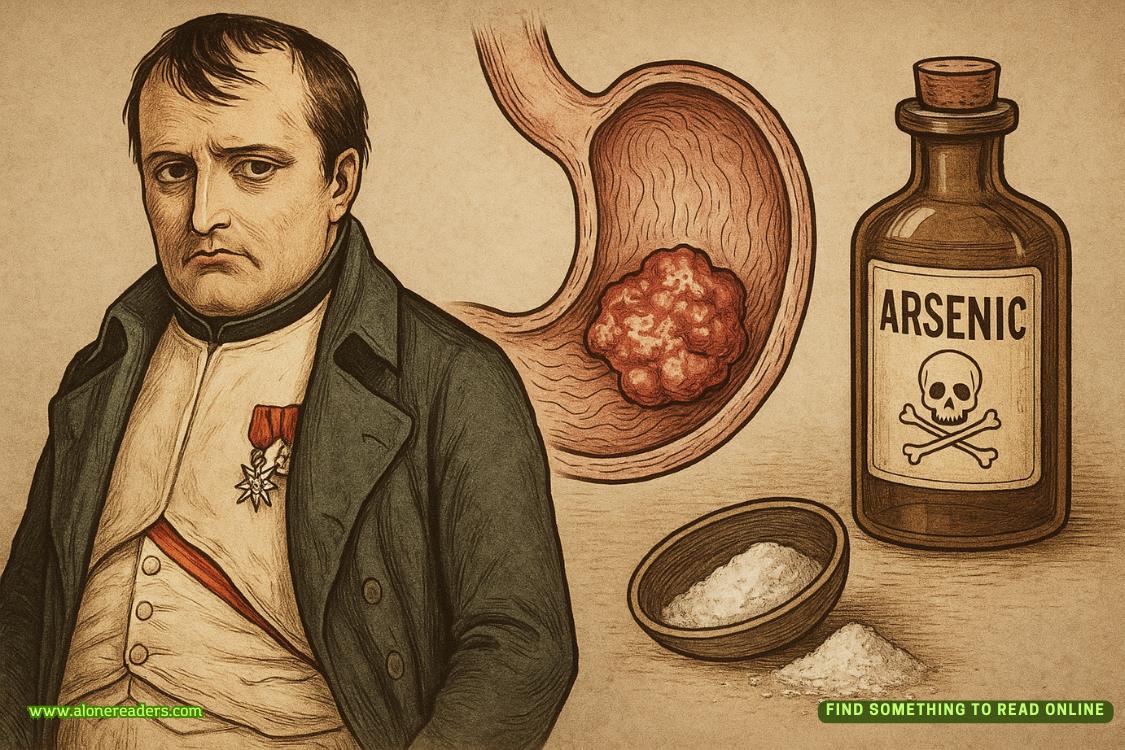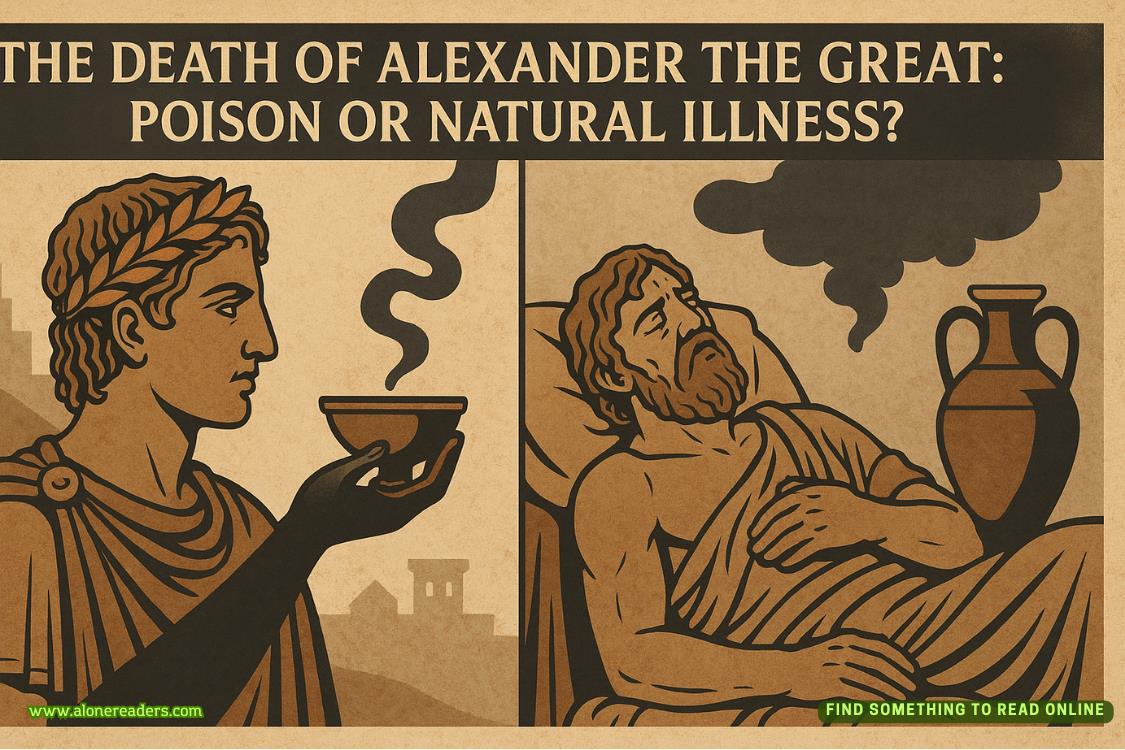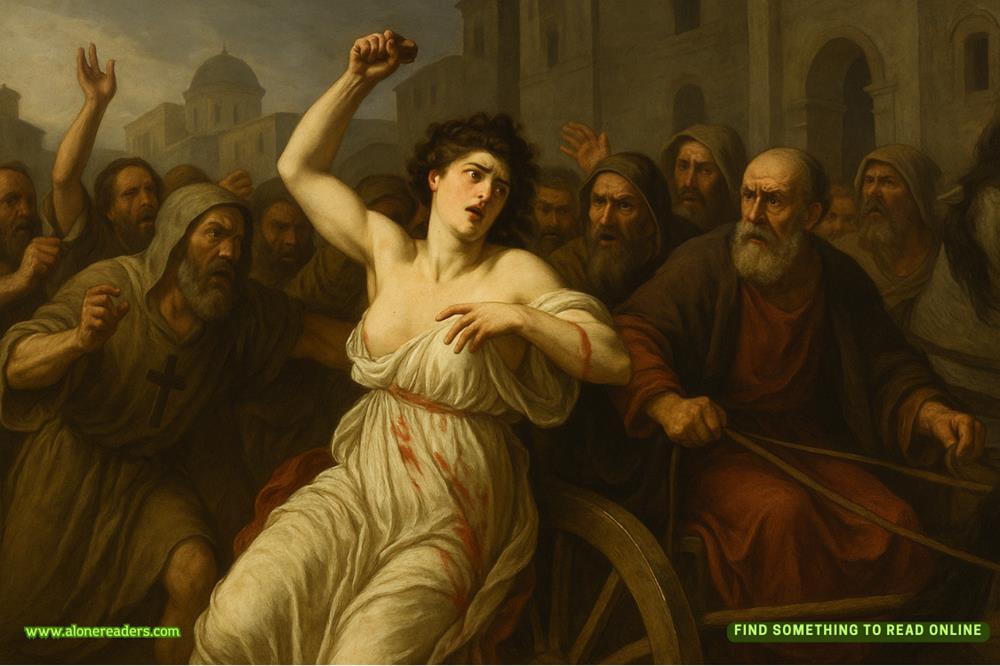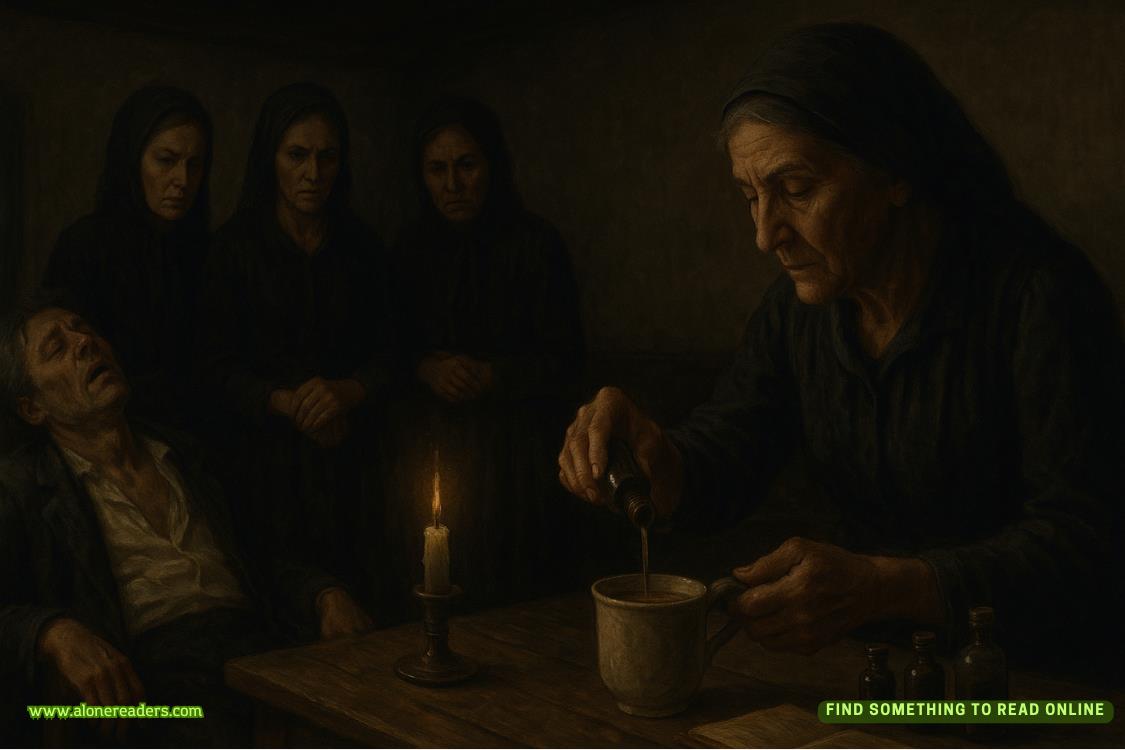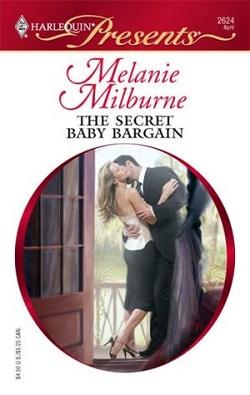He rode for more than an hour through fields and vineyards. The road was not paved but it had milestones. It passed the hill of Montmartre, with a ruined Roman temple at its summit, and went through the village of Clignancourt. Three miles after Clignancourt he reached the small walled town of Saint-Denis.
Denis had been the first bishop of Paris. He had been decapitated at Montmartre and then had walked, carrying his severed head in his hands, out into the countryside to this spot, where at last he fell. A pious woman had buried him and a monastery had been erected over his grave. The church had become the burying place for the kings of France. The current abbot, Suger, was a powerful and ambitious man who had reformed the monastery and was now modernizing the church.
Jack entered the town and reined in his horse in the middle of the marketplace to look up at the west front of the church. There was nothing revolutionary here. It was a straightforward old-fashioned facade with twin towers and three round-arched doorways. He rather liked the aggressive way the piers thrust out from the wall, but he would not have ridden five miles to see that.
He tied his horse to a rail in front of the church and went closer. The sculpture around the three portals was quite good: lively subjects, precisely chiseled. Jack went in.
Inside there was an immediate change. Before the nave proper, there was a low entryway, or narthex. As Jack looked up at the ceiling he experienced a surge of excitement. The builders had used rib-vaulting and pointed arches in combination here, and Jack saw in a flash that the two techniques went together perfectly: the grace of the pointed arch was accentuated by the ribs that followed its line.
There was more to it. In between the ribs, instead of the usual web of mortar-and-rubble, this builder had put cut stones, as in a wall. Being stronger, the layer of stones could probably be thinner, and therefore lighter, Jack realized.
As he stared up, craning his neck until it ached, he understood a further remarkable feature of this combination. Two pointed arches of different widths could be made to reach the same height, merely by adjusting the curve of the arch. This gave the bay a more regular look. It could not be done with round arches, of course: the height of a semicircular arch was always half its width, so a wide one had to be higher than a narrow one. That meant that in a rectangular bay, the narrow arches had to spring from a point higher up the wall than the springing of the wide ones, so that their tops would be at the same level and the ceiling would be even. The result was always lopsided. This problem had now vanished.
Jack lowered his head and gave his neck a rest. He felt as jubilant as if he had just been crowned king. This, he thought, was how he would build his cathedral.
He looked into the main body of the church. The nave itself was clearly quite old, although relatively long and wide: it had been built many years ago, by someone other than the current master, and it was quite conventional. But then, at the crossing, there seemed to be steps down—no doubt leading to the crypt and the royal tombs—and steps up to the chancel. It looked as if the chancel were floating a little way above the ground. The structure was obscured, from this angle, by dazzling sunlight coming through the east windows, so much that Jack supposed the walls must be unfinished, and the sun shining through the gaps.
He walked along the south aisle to the crossing. As he got nearer to the chancel he sensed that something quite remarkable was ahead of him. There was, indeed, sunlight pouring in, but the vault appeared to be complete and there were no gaps in the walls. When Jack stepped out of the aisle into the crossing he saw that the sun was streaming in through rows of tall windows, some of them made of colored glass, and all this sunshine seemed to fill the vast empty vessel of the church with warmth and light. Jack could not understand how they had got so much window area: there seemed to be more window than wall. He was awestruck. How had this been done, if not by magic?
He felt a frisson of superstitious dread as he mounted the steps that led up to the chancel. He stopped at the top of the stair and peered into the confusion of shafts of colored light and stone that was ahead of him. Slowly the realization came over him that he had seen something like this before, but in his imagination. This was the church he had dreamed of building, with its vast windows and surging vaults, a structure of light and air that seemed held up by enchantment.
A moment later he saw it differently. Everything fell into place quite suddenly, and in a lightning flash of revelation, Jack saw what Abbot Suger and his builder had done.
The principle of rib-vaulting was that a ceiling was made of a few strong ribs, with the gaps between the ribs filled in with light material.They had applied that principle to the whole building.The wall of the chancel consisted of a few strong piers joined by windows. The arcade separating the chancel from its side aisles was not a wall but a row of piers joined by pointed arches, leaving wide spaces through which the light from the windows could fall into the middle of the church. The aisle itself was divided in two by a row of thin columns.
Pointed arches and rib-vaulting had been combined here, as they had in the narthex, but it was now clear that the narthex had been a cautious trial for the new technology. By comparison with this, the narthex was musclebound, its ribs and moldings too heavy, its arches too small. Here everything was thin, light; delicate and airy. The simple roll moldings were all narrow and the colonettes were long and thin.
It would have looked too fragile to stay upright, except that the ribs showed so clearly how the weight of the building was being carried by the piers and columns. Here was a visible demonstration that a big building did not need thick walls with tiny windows and massive piers. Provided the weight was distributed precisely on a load-bearing skeleton, the rest of the building could be light stonework, glass, or empty space. Jack was spellbound. It was almost like falling in love. Euclid had been a revelation, but this was more than a revelation, for it was beautiful too. He had had visions of a church like this, and now he was actually looking at it, touching it, standing under its sky-high vault.
He walked around the curved east end in a daze, staring at the vaulting of the double aisle. The ribs arched over his head like branches in a forest of perfect stone trees. Here, as in the narthex, the filling between the ceiling ribs was cut stone jointed with mortar, instead of the easier, but heavier, rubble-and-mortar. The outer wall of the aisle had pairs of big windows with pointed tops to match the pointed arches. The revolutionary architecture was perfectly complemented by the colored windows. Jack had never seen colored glass in England, but he had come across several examples in France: however, in the small windows of an old-style church it could not achieve its full potential. Here, the effect of the morning sun pouring through the rich many-colored windows was more than beautiful, it was spellbinding.
Because the church was round-ended, the side aisles curved around to meet at the east end, forming a semicircular ambulatory or walkway. Jack walked all the way around the half circle, then turned and came back, still marveling. He returned to his starting point.
There he saw a woman.
He recognized her.
She smiled.
His heart stood still.
Aliena shaded her eyes. The sunlight coming through the windows at the east end of the church dazzled her. Like a vision, a figure walked toward her out of the blaze of colored sunshine. He looked as if his hair was on fire. He came closer. It was Jack.
Aliena felt faint.
He came to her and stood in front of her. He was thin, terribly thin, but his eyes shone with an intensity of emotion. They stared at one another in silence for a moment.
When he spoke, his voice was hoarse. “Is it really you?”
“Yes,” she said. Her voice came out in a whisper. “Yes, Jack. It’s really me.”
The tension was too much, and she began to cry. He put his arms around her and hugged her, with the baby in her arms between them, and patted her back, saying “There, there,” as if she were a child. She leaned against him, breathing his familiar dusty smell, hearing his dear voice as he soothed her, letting her tears fall on his bony shoulder.
Eventually he looked at her face and said: “What are you doing here?”
“Looking for you,” she said.
“Looking for me?” he said incredulously. “Then ... how did you find me?”








